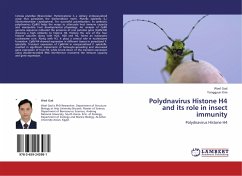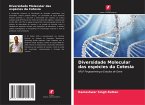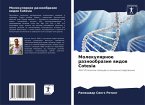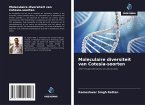Cotesia plutellae (Braconidae: Hymenoptera) is a solitary endoparasitoid wasp that parasitizes the diamondback moth, Plutella xylostella (L.) (Yponomeutidae: Lepidoptera). For successful parasitization, its symbiotic polydnavirus (CpBV) helps the wasps to attenuate host immune capacity and manipulate host developmental physiology. An analysis of CpBV genome sequence indicated the presence of one putative gene (CpBV-H4) showing a high similarity to histone H4. Histone H4, one of the four histone subunits along with H2A, H2B and H3, forms an eukaryotic nucleosome core. Along with H3, it plays a central role in nucleosome formation. CpBV-H4 showed expression in different tissues in parasitized P. xylostella. Transient expression of CpBV-H4 in nonparasitized P. xylostella resulted in significant impairment of hemocyte-spreading and decreased gene expression of host H4, while knock-down of the transient expression using double-stranded RNA interference recovered the immune capacity and gene expression.
Bitte wählen Sie Ihr Anliegen aus.
Rechnungen
Retourenschein anfordern
Bestellstatus
Storno








